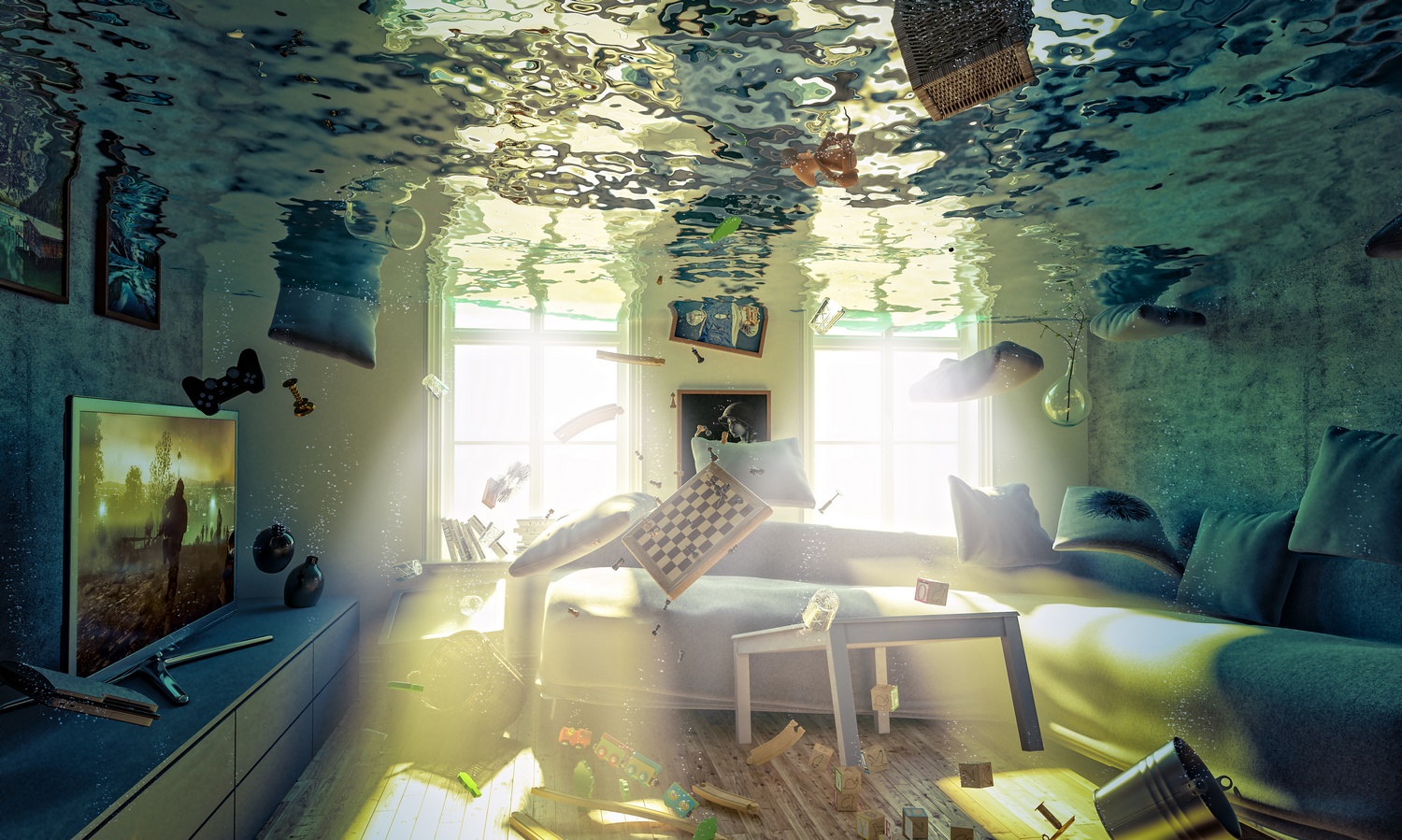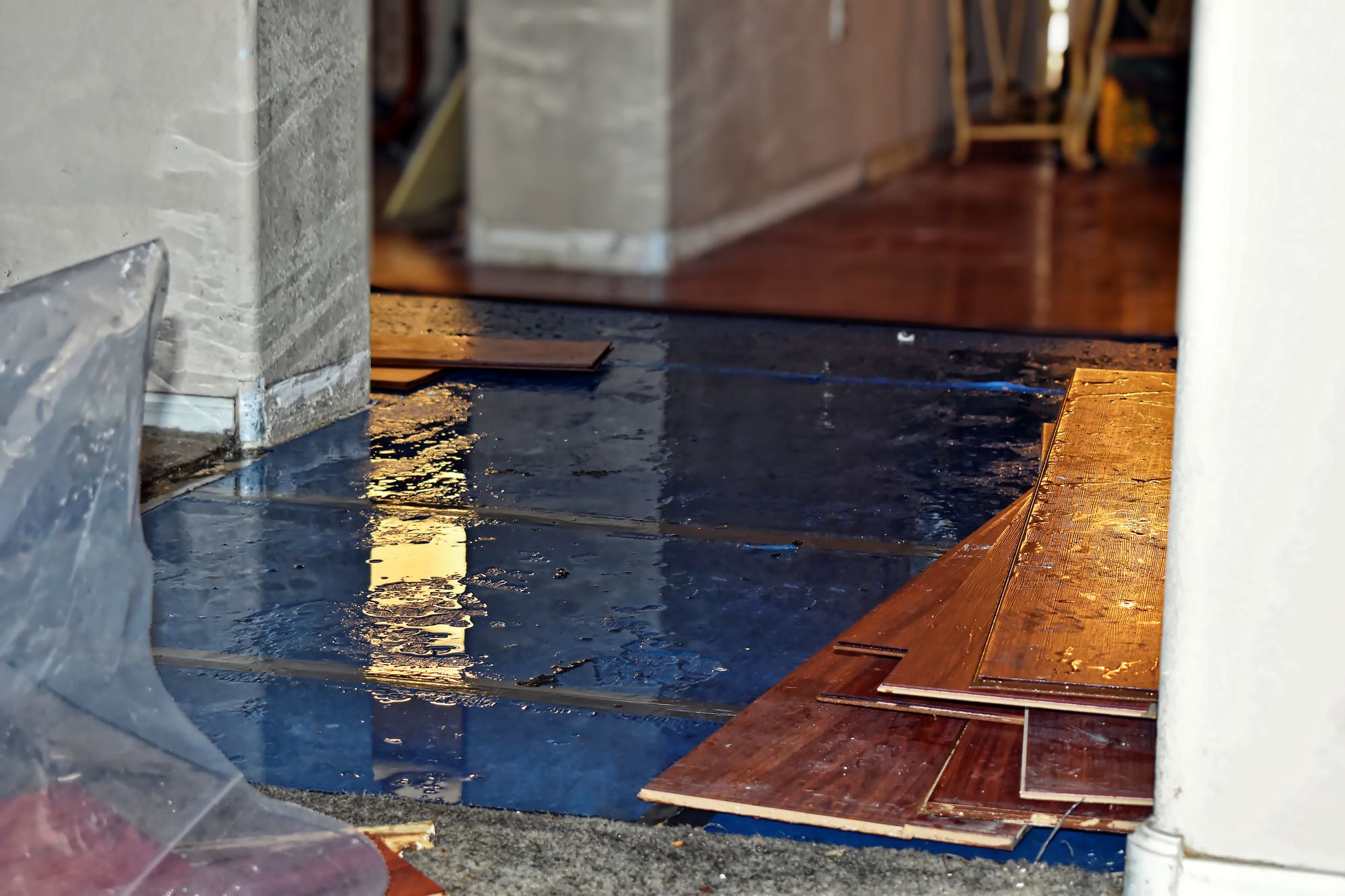May 20, 2022

14 Things You Need To Dispose Of After A Flood
Floods are the perfect source for all kinds of disgusting features, from dirt and mold spores to filthy sewage waters. After a flood cleanup, some elements can be washed and restored, but others will need to be disposed of at once.
Water damage can be evident from the get-go as with cars, garbage cans and trees swept away by the strong currents. After water levels decrease and homes are cleared, the flood restoration works can be performed. Only then you’ll be able to figure out which household items and materials are no longer viable and need to be discarded when cleaning is not possible.
Drywall
This material, composed of compressed gypsum particles and covered with a paper liner, cannot resist water saturation. This will make the panels swell and lose its structure, and constitutes an ideal environment for mold to grow. Fortunately, parts of your panels can be saved after water extraction. You just need to remove the part under the flood line plus a surface of 20 inches above it, and replace with a new drywall.
Forced Air Ducts
When water breaks into the HVAC ducting installed beneath the main floor, it’s necessary to replace this ducting immediately. The dirt and mud remains from floodwater in confined spaces promote the proliferation of mold and mildew, as well as the accumulation of other unhealthy residues. Consider that duct cleaning services aren’t suitable for removing the unsafe residues after a flood and subsequent water removal.
Insulation
Insulation materials need to keep their integrity to be useful. Wet insulation tends to compress, thus negatively affecting its R-value. A wet insulation is also a good environment for mold and mildew to develop. Luckily, as it happens with drywall, you can save the undamaged parts. Professionals in flood restoration recommend getting rid of the damaged insulation plus 20 inches above the highest flood watermark.
Padded Furniture
It’s best to dispose of padded sofas, chairs and recliners if they were reached by the floodwater. The soft filling and the fabric are yet another domain for mold and mildew to spread, and it won’t be possible to sanitize it. There is hope, however, for those items that are padded only in a particular area, like a piano stool. The right flood restoration process for these objects involve substituting the fabric, filling a new one and cleaning the remaining surface with a sanitizing solution.
Carpeting
You won’t be able to clean wall-to-wall carpeting that has been affected by floodwater and fully remove the bacteria. Consider removing it in a timely manner in order to avoid extended damage to the subfloor. After water extraction, both carpet and pad have to be torn out for the subfloor to dry. Consider also getting rid of those area rugs that are too big to be washed, or when the dye is coming off and the piece is too damaged.
Particleboard Furniture
Items like cabinets, toy boxes, and bookshelves made out of particleboard are not likely to resist water damage, as it tends to absorb it quickly. When saturated, the initially compressed material loses its net grit and ends up delaminated. One water damage restoration option can be removing and replacing the damaged part, otherwise it’s better to throw it away.
Bent Hardwood Furniture
Hardware elements can be kept only if water removal didn’t take more than a couple of days after a cleaning and refinishing. Unfortunately, hardwood that spends more time underwater can saturate, expand, and bend. You will see loose joints, and the wooden coat detached from the surface. These are signs that the piece cannot be replaced, and you might need to dispose of it.
Mattresses
A saturated mattress has no remedy, and you need to get rid of it ASAP. Similar to padded furniture, mattresses that have been reached by floodwater cannot be cleaned properly, and they pose a health hazard. As they are a perfect environment for mold and mildew to grow, they will never be a hygienic surface to sleep on.
Leather Elements
Because it’s a natural material, damage to leather can be impossible to repair. Items that have only shown some water spots can be restored. You just have to clean the dirty surface with mild detergent, then rub with alcohol, and finally apply a leather conditioner. However, certain kinds of leather like suede and unbuckle with water damage are unlikely to be fixed, and they have to be tossed out.
Acoustical Tiles
Acoustical tiles are made out of porous, lightweight materials that are prone to absorb water together with dirt and contaminants, and they can’t be cleaned. It’s common to find these tiles in drop ceilings in basements, a typical place to be damaged by floods. Even when they were affected by clean water from a pipeline leak, the dark yellow stains will resist any attempt of water damage restoration.
Elements With Gaps
Any object made out of materials like plastic, glass, and stainless steel can be kept, as they are non-porous and they can be sterilized. Unfortunately, objects that have gaps on their surfaces such as keyboards or timers should be disposed of unless it’s possible to take them apart and clean each part. Make sure you get rid of everything that has cracks or holes where the floodwater can be introduced and can’t be cleaned on the inside.
Personal Care Products
Products like cosmetics, cream, and lotion can be expensive, which might make you want to keep them. However, consider that if the containers were unsealed and submerged in floodwater they could be contaminated. Bacteria and dirt can get through the lids and make the product unsafe. For sanitary reasons, buy new products.
Home-Sealed Foods
Industrially sealed foods like cans of beans, soup and stew can be saved but it’s important to sanitize them with alcohol prior to opening them. On the other hand, you should dispose of all those home-sealed products like jars of jelly and salsa, as there is no way to ensure the integrity of the products after a flood cleanup. You must get rid of the content and the rings and tops, although glass jars can be sanitized by boiling them.
Refrigerated Food
It’s common for electrical power to go out during a flood, which can cause food in the fridge to spoil, even if the water doesn’t reach it. The rule of thumb is to throw away the food that has been in temperatures higher than 40º F for two or more hours. If the fridge didn’t get wet, it can be kept, but if it was sitting in water it’s possible that the insulating elements are damaged even after water extraction, and it might become a hazard. The best decision might be to find a new one.
Always keep in mind to take photos of your place before throwing everything away, so you have proof for your insurance agent.


